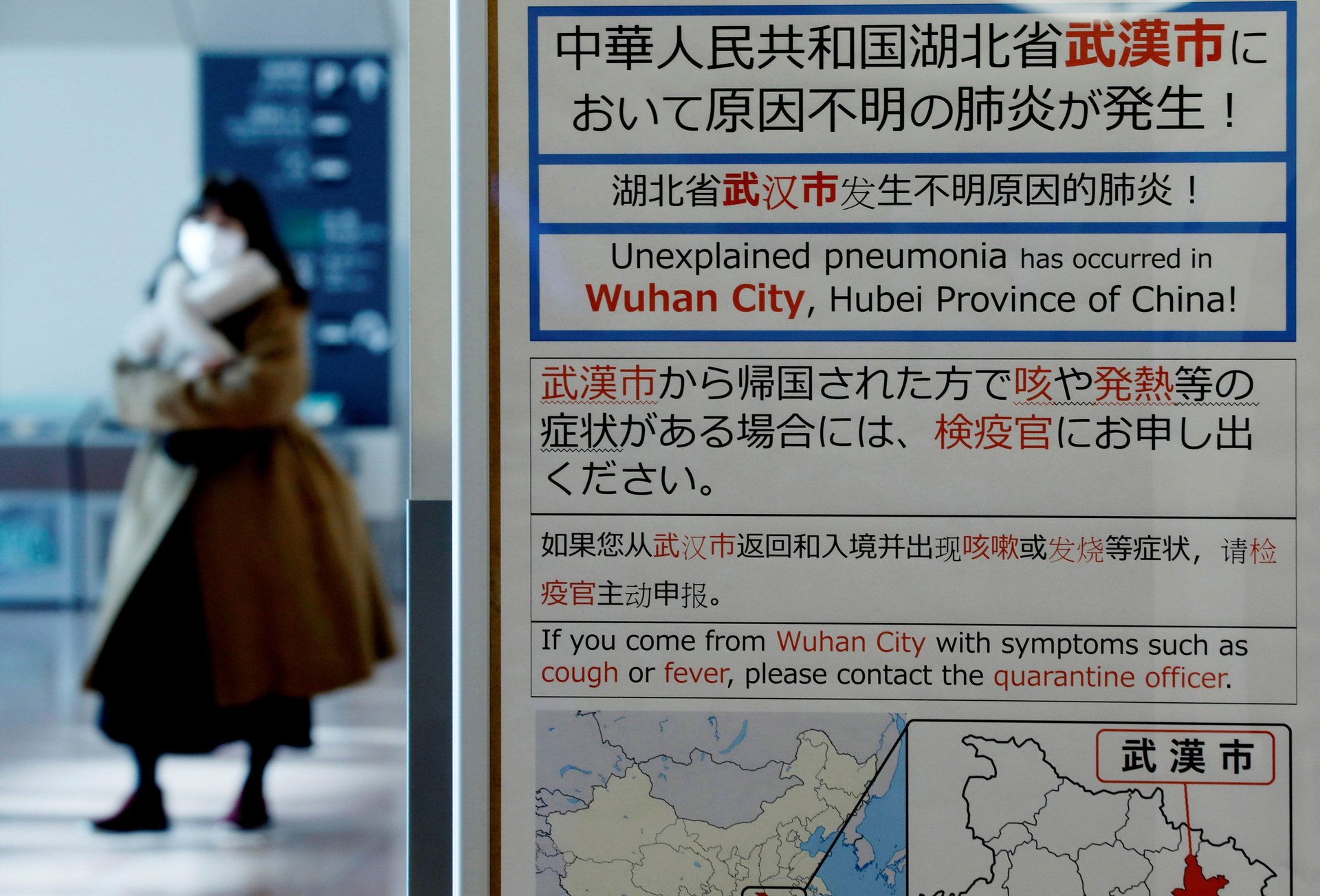Two-thirds of international flights from China canceled amid coronavirus outbreak
About a month ago, mainland China was the world’s third largest aviation market—flying the most passengers in and out of the country—behind only the US and the UK.


About a month ago, mainland China was the world’s third largest aviation market—flying the most passengers in and out of the country—behind only the US and the UK.
Then, in a global effort to contain the coronavirus, governments around the world began refusing flights from China. The number of weekly scheduled seats fell by 1.4 million in a matter of weeks. Now air traffic in and out of the virus-plagued market ranks 16th in the world, behind Canada, the Netherlands, and Singapore.
Flights to and from China accounted for about 5.2% of all international capacity a month ago. That fell to 1.8% this week. According to OAG, a firm that tracks and analyzes global airline schedules, the scale of reduction in international air traffic in less than a month is unprecedented.
In Japan, there are now about 200,000 fewer direct flight seats scheduled to come from China. That’s about 60% of all air traffic between Japan and China, and 15% of Japan’s total international flight capacity. It’s the steepest decline among all countries. Flight traffic between the United States and China, meanwhile, has fallen by 86%, though the 73,000 cancelled seats that represents accounts for less than 3% of all US international air traffic.
The cancellations hit neighboring regions the hardest. Macao, a special autonomous region of China, saw its entire weekly international flight capacity drop by 68%.
It was a dramatic series of events that led to this sudden decline in air traffic. China first quarantined Wuhan, a key transportation hub and the epicenter of the outbreak, on Jan. 23, suspending all transportations in and out of the city. The World Health Organization then declared the novel coronavirus a public health emergency a week later. Governments all over the world subsequently imposed travel restrictions on visitors who have been to China. Airlines responded by reducing or stopping all flights to the country.
More than 900 people have so far died from the coronavirus and more than 40,000 have been diagnosed with the disease, according to official reports from China. The death toll has surpassed that of the 2003 SARS epidemic.
While the aviation industry is taking a big hit, capacity and demand typically recovers six months after the height of an emergency like this one, OAG predicts, citing previous epidemics like SARS and the Ebola crisis that began in 2013.